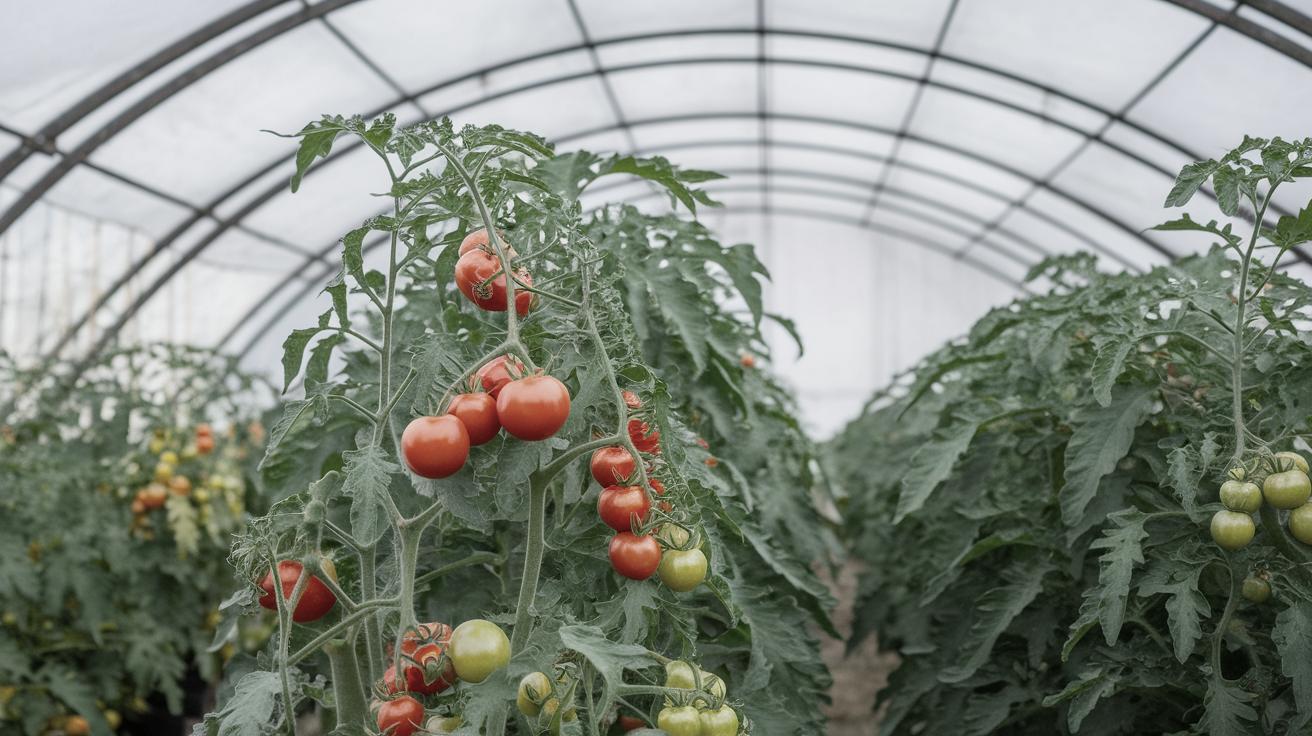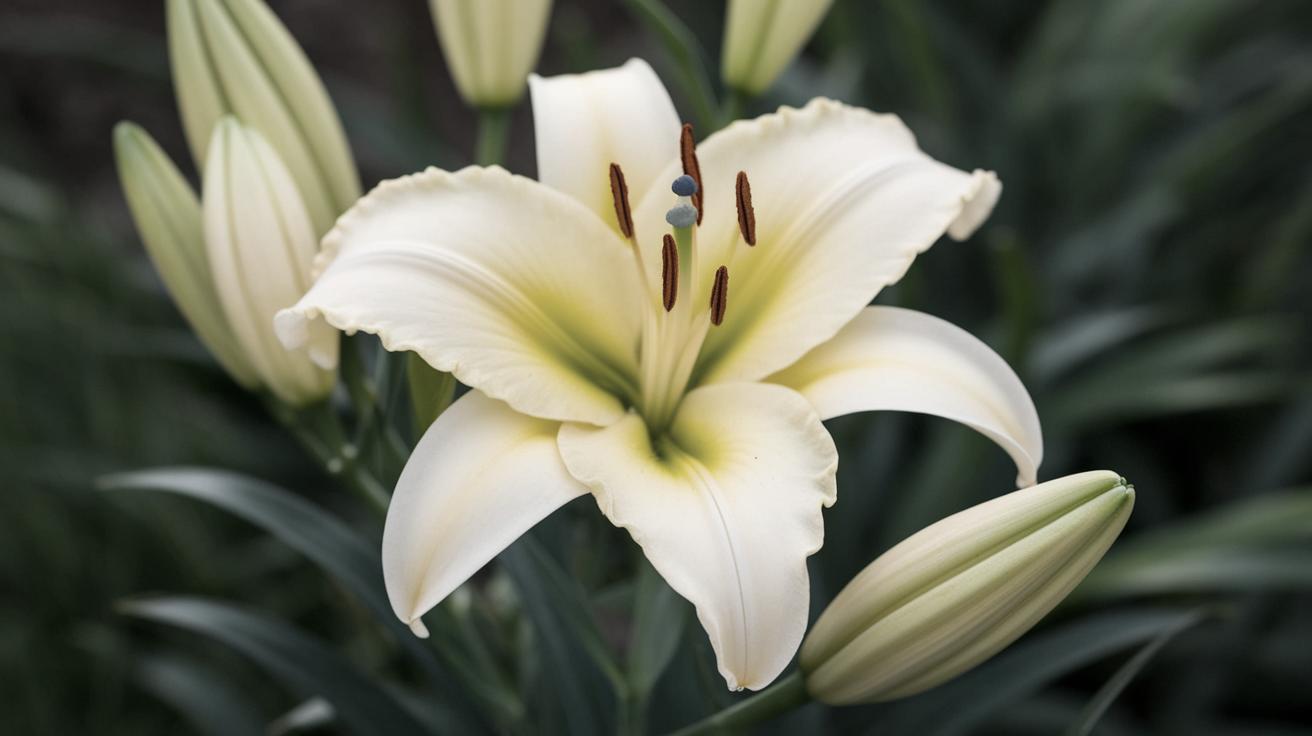When to Plant Tomatoes in Kansas: A Comprehensive Guide
Kansas, with its unique climate and soil conditions, offers wonderful opportunities for cultivating vibrant tomato plants. However, knowing when and how to plant these beloved fruits is crucial for a fruitful yield. This guide will walk you through the essentials of growing tomatoes in Kansas, detailing greenhouse growing to protect your plants from unpredictable weather, the importance of starting your tomatoes indoors, and the tools that can aid this process. You’ll learn about transplanting seedlings effectively and caring for your plants through their growing season. In addition, we cover fertilizers—an important element for nourishing your tomatoes—and how to provide optimal care. By following these steps, you’re likely to enjoy a thriving tomato crop!
Greenhouse Growing
Planting Conditions in Kansas
Kansas’s climate can be a bit unpredictable, with varied temperatures and occasional late frosts in the spring. Thus, understanding the ideal planting conditions for tomatoes is crucial. Tomatoes thrive in warm temperatures, ideally between 70°F and 85°F during the day and not less than 50°F at night. Gardeners should be wary of planting too soon; a frost can easily damage or kill young plants.
The traditional planting season falls after the last expected frost date, usually around mid-April to early May. Local extensions or historical frost data can offer more precise guidance. Additionally, consider soil temperature, which should be at least 60°F for optimum root development. Using black plastic mulch may help in warming the soil for an early start.
Starting Tomatoes Indoors
Starting tomatoes indoors gives gardeners a head start on the growing season, allowing for healthy seedling development prior to transplanting. Begin this process 6 to 8 weeks before the last expected frost. This method offers more control over the growing conditions and can lead to a stronger crop.
Indoor planting requires proper lighting, containers, and soil. Position seeds in a warm location with good air circulation, ensuring they receive approximately 14-16 hours of light daily. Monitor for signs of stress or disease, which can hinder their growth or lead to poor yield.
Useful Tools for Starting Tomatoes Indoors
Seeds
Choosing the right variety of tomato is the first step towards a successful harvest. Kansas gardeners should consider disease-resistant and heat-tolerant varieties, such as ‘Celebrity’ or ‘Better Boy’. Opt for fresh seeds from reputable sources to ensure high germination rates.
Before sowing, review the seed packet instructions for specifics on planting depth and spacing. Most tomato seeds should be planted about 1/4 inch deep in starting trays or pots.
Planting Trays
Planting trays offer support from germination through the early stages of growth. Opt for trays that allow for proper drainage to prevent waterlogging the seedlings. Many gardeners prefer biodegradable pots for easy transplanting.
Maintain consistent moisture within the trays without saturating the soil. Providing small bottom holes in trays encourages water drainage and helps foster healthy root systems.
Grow Lights
Adequate lighting is paramount for the healthy growth of tomato seedlings, and grow lights are an excellent source of consistent illumination when natural sunlight is insufficient. Choose LED or fluorescent grow lights, which should be positioned 2-4 inches above the plants, adjusting height as they grow.
Providing about 14-16 hours of light each day encourages photosynthesis and helps prevent the seedlings from becoming leggy. Lights should be turned off at night to allow the plants a rest period.
Seed Starting Soil
Tomato seedlings require a light, well-draining potting mix that retains some moisture while allowing airflow. Seed starting mixes typically comprise peat moss or coco coir, vermiculite or perlite, and sometimes a small amount of fertilizer.
Avoid garden soil, as it may contain pathogens or weed seeds that could harm your delicate seedlings. Pre-moisten the mix before planting to ensure it is evenly dampened.
Transplanting Tomato Seedlings
Transplanting seedlings to the garden should occur once the danger of frost has passed and when they have developed 4-6 inches in height with a sturdy stem. Begin hardening off a week prior by gradually exposing the seedlings to outdoor conditions.
This adaptation period reduces transplant shock and prepares the plants for external environmental factors. Transplant them deeply into the garden, burying part of the stem to encourage additional root growth and stabilization.
General Care and Maintenance
Once planted in the garden, tomatoes require consistent watering, ideally at the base of the plant to avoid leaf diseases. A deep soak once a week is often sufficient, though more frequent watering may be needed during hot spells or in sandy soils.
Mulching around the base helps retain moisture and suppress weeds. Regularly inspect plants for pests and diseases, such as aphids or blight, and address them promptly to mitigate any damage. Stake or cage your plants to support their growth and encourage upward development.
Fertilizer
Fertilizer is an essential component in growing healthy tomato plants. Prior to planting, enrich the soil with compost or a balanced slow-release fertilizer, enhancing soil fertility and ensuring plants receive the necessary nutrients as they grow.
Throughout the growing season, side-dress with a phosphorus-rich fertilizer to promote root and fruit development. Be cautious with nitrogen, as excessive amounts can lead to lush foliage growth at the expense of fruit production. Tomato-specific fertilizers are often well-balanced for optimal growth.
Final Thoughts
| Aspect | Details |
|---|---|
| Greenhouse Growing | Ideal for protecting plants from unpredictable Kansas weather. |
| Starting Indoors | Begin 6-8 weeks before the last frost; choose suitable tools and seeds. |
| Transplanting | Transition seedlings after frost passes; harden off gradually. |
| Care and Maintenance | Water steadily, use mulch, and monitor for pests and diseases. |
| Fertilizer | Start with balanced compost, use phosphorus-rich formulas during growth. |


